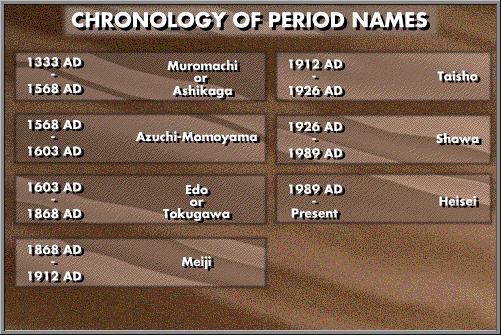The idea of making a pilgrimage to visit religious places is present in nearly every culture and religion. In Japan, it is typical of both major religions, Buddhism and Shinto from early times, but it was an idea which grew in popularity in the Edo period (1603-1868). To make a pilgrimage is, usually, to travel. When religious overtones are minimized, it is little different from tourism.

A case in point is Ise Shrine, center of worship of the sun goddess in Shinto. Pilgrimages to Ise became immensely popular, with several million visitors coming in a few short months to the shrine at special occasions. During the Edo period, the trip was so popular that the roads leading toward Ise, near Nagoya, were sign posted a hundred and more miles away from Ise with stone lanterns directing the traveler to the left or right at highway junctions. The sign posting was better than what is given to many major cities on expressways and interstate highways today.

Stone lanterns directing the traveler to the left or right at highway junctions
There are a variety of other major pilgrimages which are very famous in Japan. One is the 88 temples of Shikoku island. The 88 temples are connected with the Shingon sect of Buddhism for the most part. Pilgrims are supposed to begin at the first temple and carry on to the last, but even in the past this was not always done. Today, many pilgrims travel only parts of the route or do most of the travel by tour bus rather than on foot. On the other hand, there are also examples in premodern times of ‘pilgrims’ who took advantage of the release from public law which pilgrims were usually accorded: accused of crimes, these individuals followed the Shikoku pilgrimage until they were no longer in danger of arrest.
Pilgrimage became so popular that stories about pilgrims became common stock in Edo period literature. Devout pilgrims there no doubt were, but the stories often took greater delight in describing their non-religious antics along the highways. Today, children on school tours and groups of adults continue to visit many of the old popular pilgrimage destinations like the Ise Shrines or Amano-hashidate, but the visits are purely tourism (aside from a quick prayer and a small donation at most temples or shrines).

Amano-hashidate

